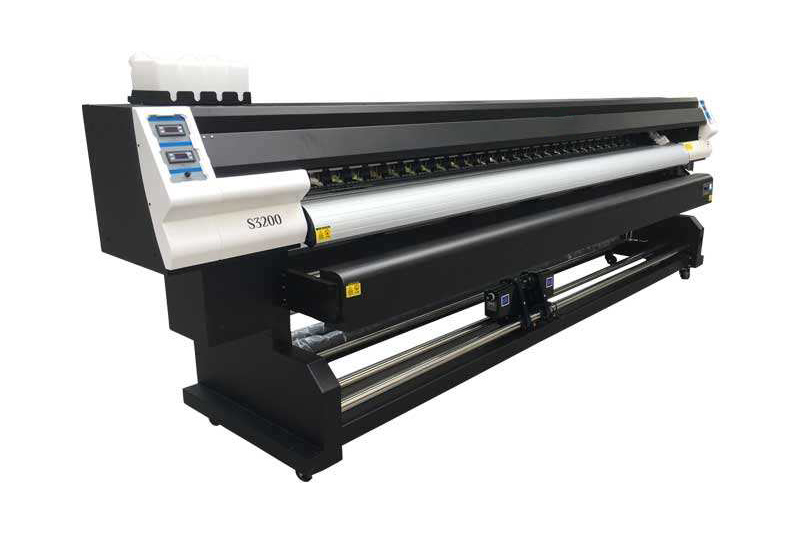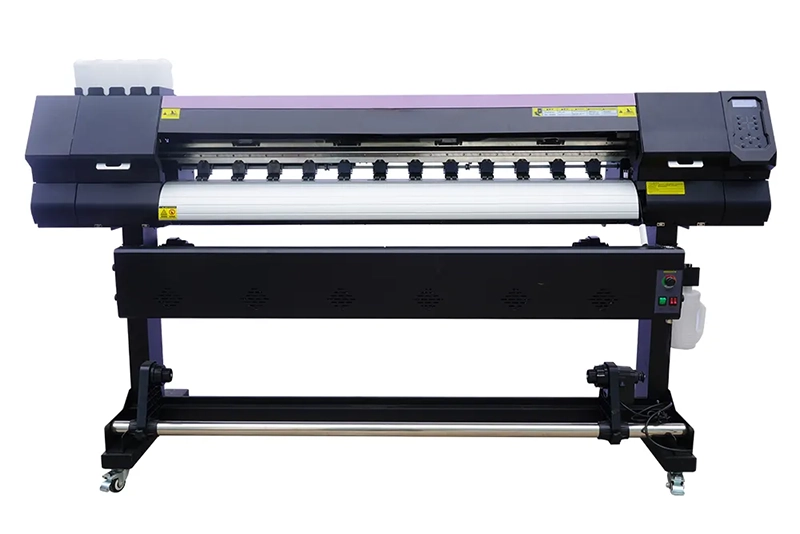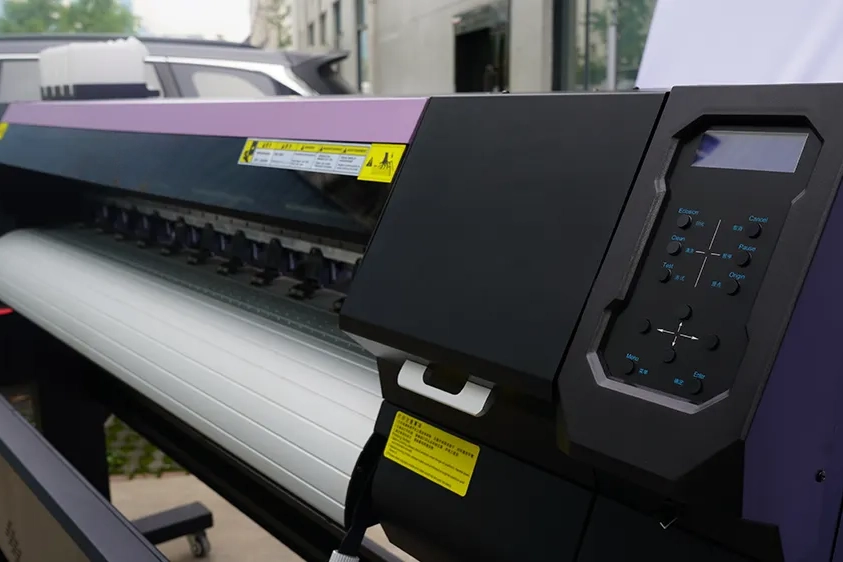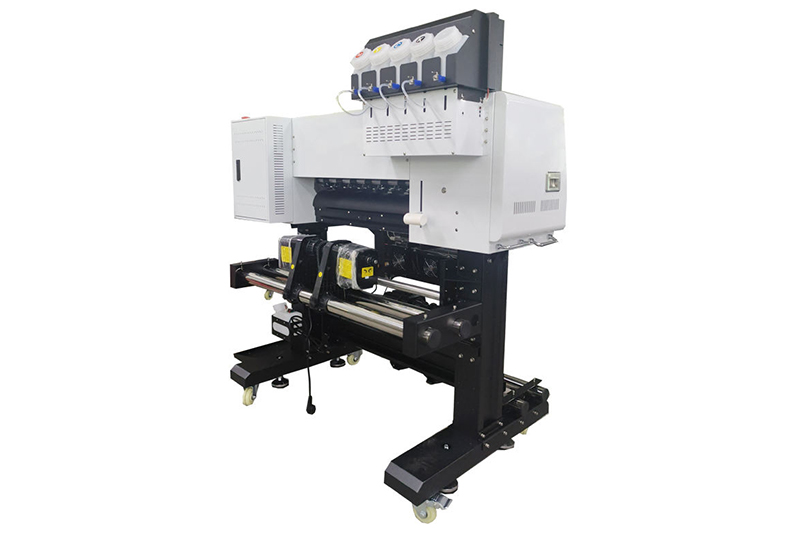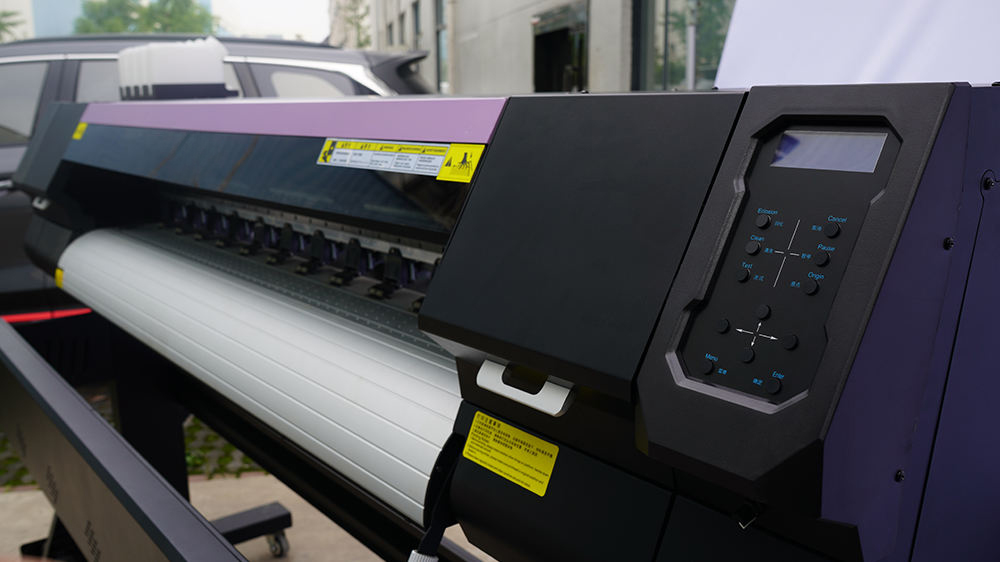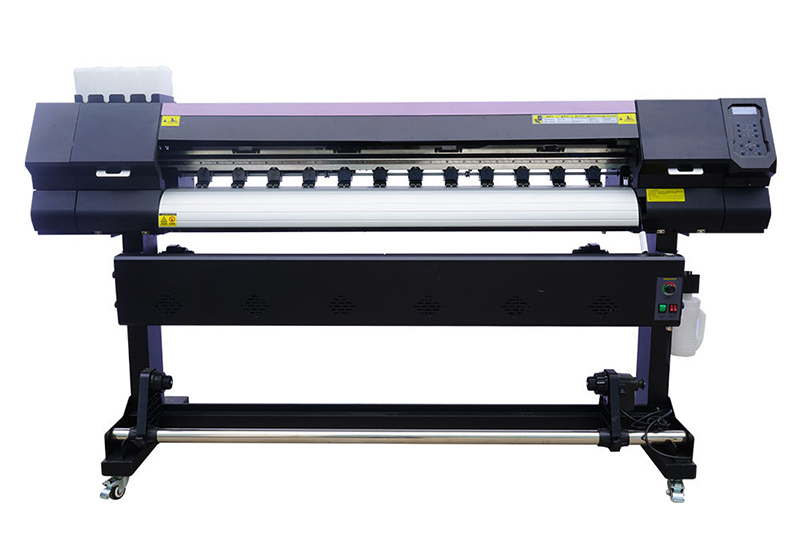Analyzing different models and brands of digital sublimation printers is essential to make an informed purchasing decision. Here are some factors to consider when comparing prices:
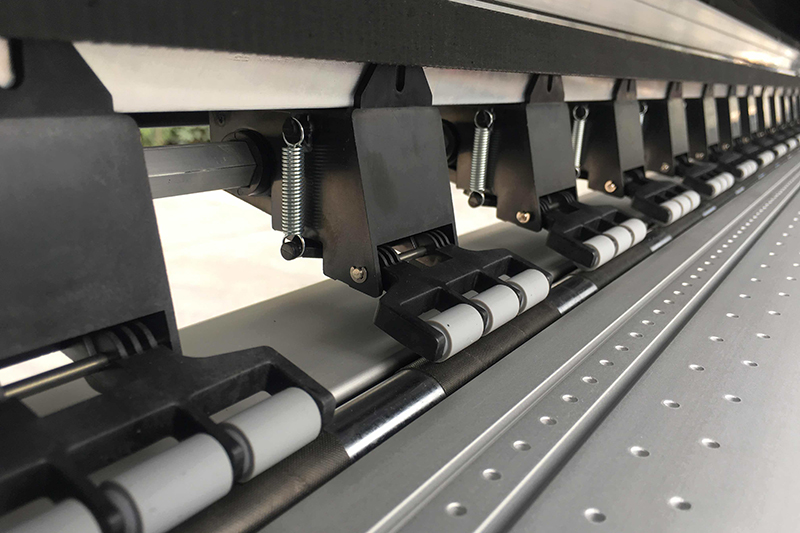
1. Print Size and Resolution:
- Compare the maximum print sizes and resolutions offered by different models. Consider your specific printing needs and determine if the available sizes and resolutions align with your requirements. Keep in mind that printers with larger print sizes and higher resolutions tend to have higher price tags.
2. Production Speed:
- Evaluate the production speed specifications of the printers. Determine the number of prints you anticipate producing and consider if the speed of the printer is sufficient to meet your production requirements. Faster printers may come at a higher cost.
3. Brand Reputation:
- Consider the reputation of the brands you are comparing. Research customer reviews, ratings, and feedback on the reliability, durability, and overall performance of the printers. Recognized and well-established brands may have higher price points, but they often offer better quality and support.
4. Additional Features:
- Compare the additional features offered by different models. This could include things like advanced color management systems, automated calibration, dual print heads, or roll-to-roll capabilities. Assess if these features are necessary for your printing applications and if they justify the price difference.
5. Ink Systems:
- Evaluate the type of ink systems used by different printers. Some printers may utilize bulk ink systems, while others rely on ink cartridges or ink bags. Consider the cost and availability of inks for each system, as well as the ease of ink replenishment and maintenance.
6. Support and Warranty:
- Look into the support options and warranty coverage provided by the manufacturers. Consider the length of the warranty period and the availability of technical support. A reliable warranty and access to assistance can be valuable in case of any issues or maintenance needs.
7. Total Cost of Ownership:
- When comparing prices, consider the total cost of ownership over the lifespan of the printer. This includes factors like ink costs, printhead replacement, maintenance requirements, and energy consumption. A printer with a higher upfront cost may have lower ongoing expenses, resulting in better long-term value.
8. Request Quotes and Negotiate:
- Reach out to manufacturers or authorized resellers to request detailed quotes for the printers you are considering. Use the information gathered during your research to negotiate and compare pricing options. Don't hesitate to ask for discounts or package deals that may be available.
Remember to consider your specific printing needs and budget when comparing models and brands. It's crucial to find a balance between price, features, quality, and ongoing costs to ensure you make the best choice for your business or personal requirements.
kenteer has launched Digital Sublimation Printer for customers . If you have any needs, you can contact us for a quote.

